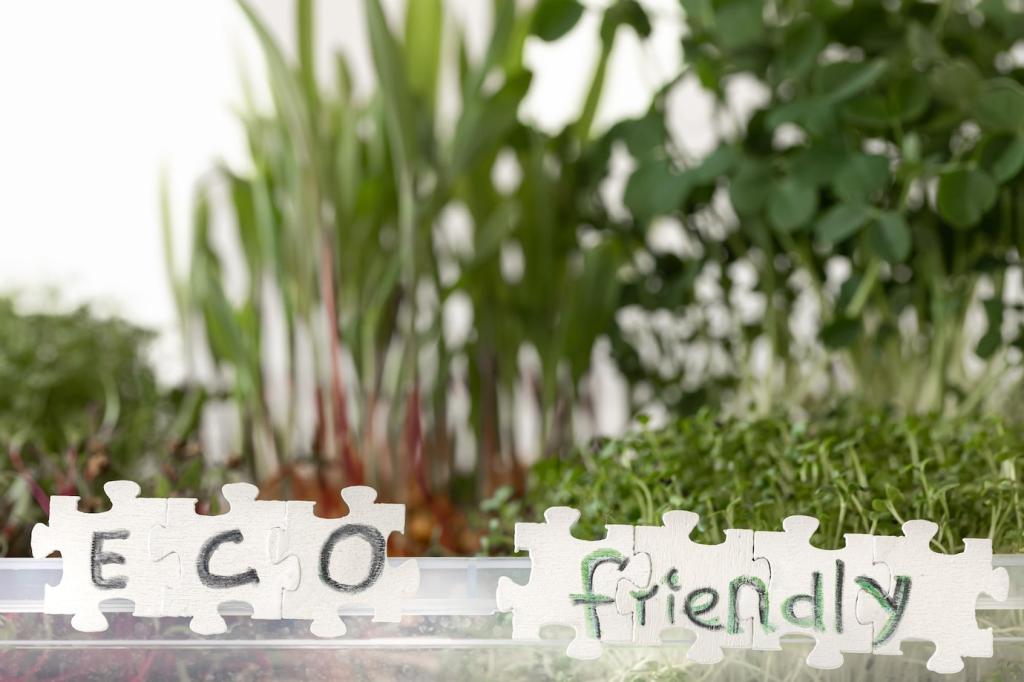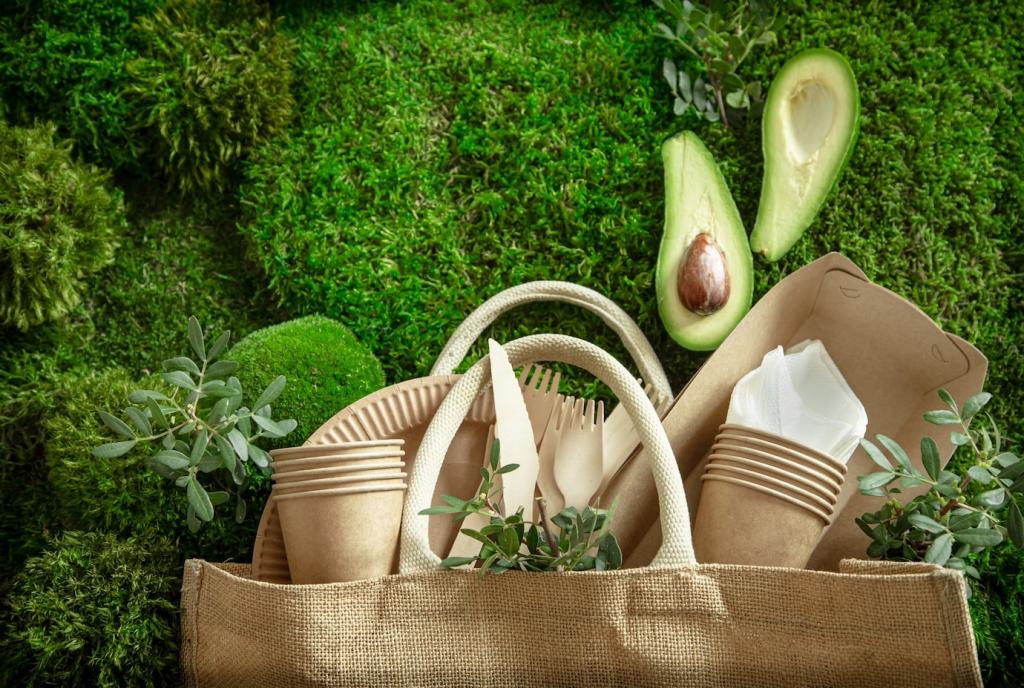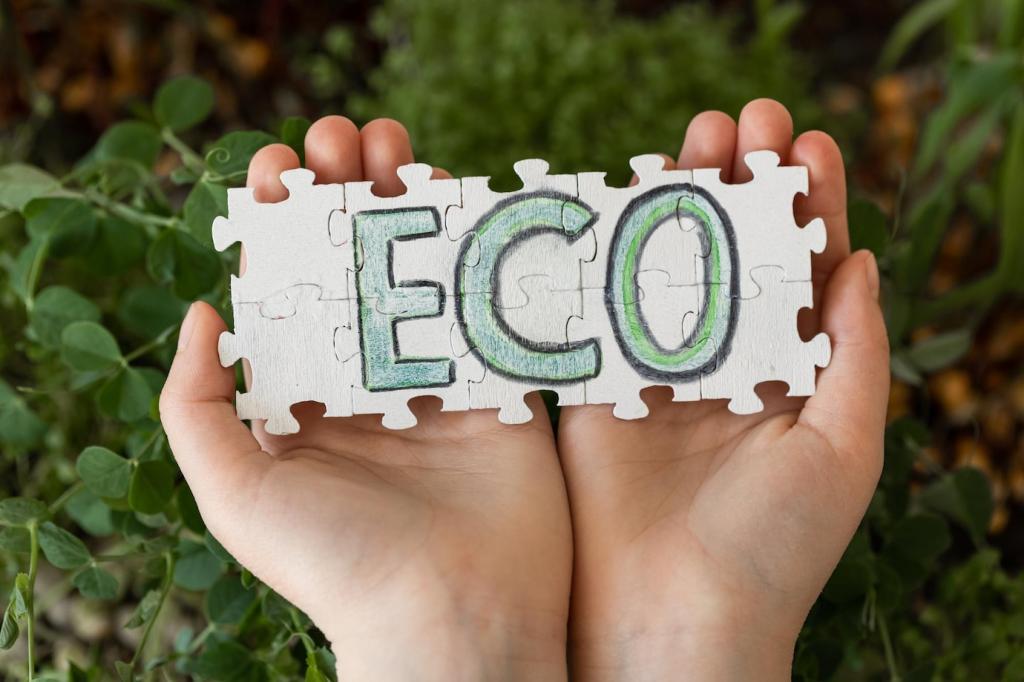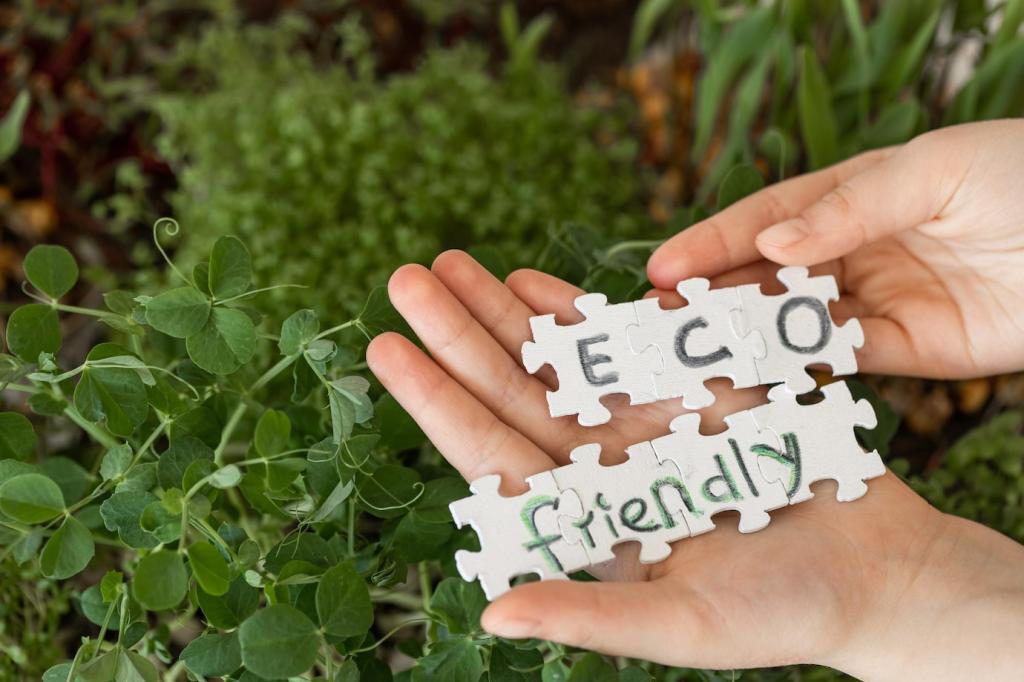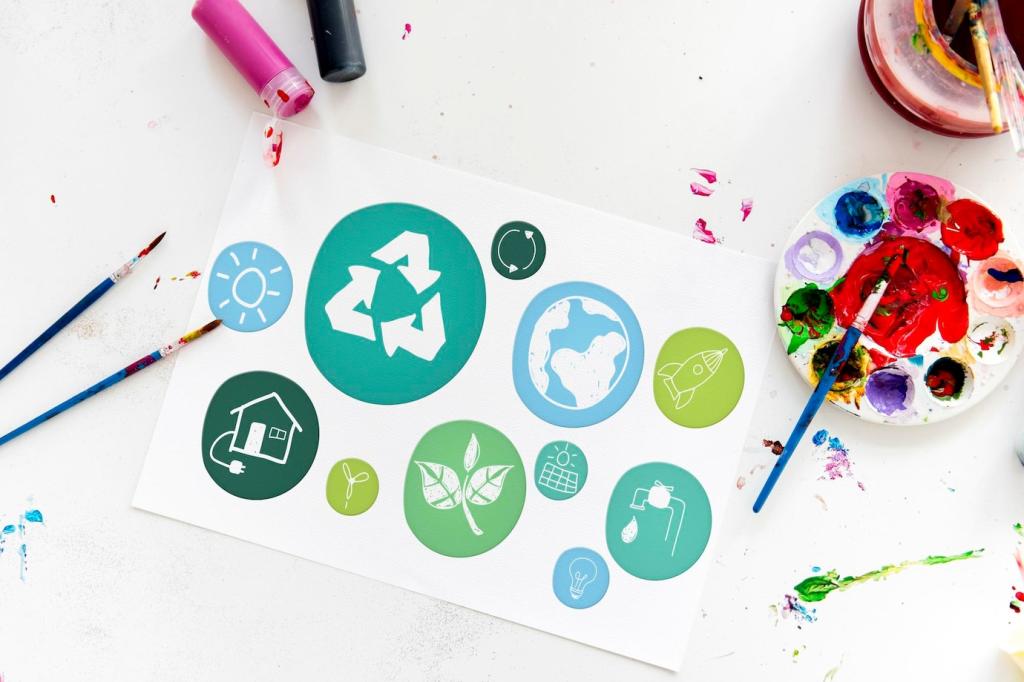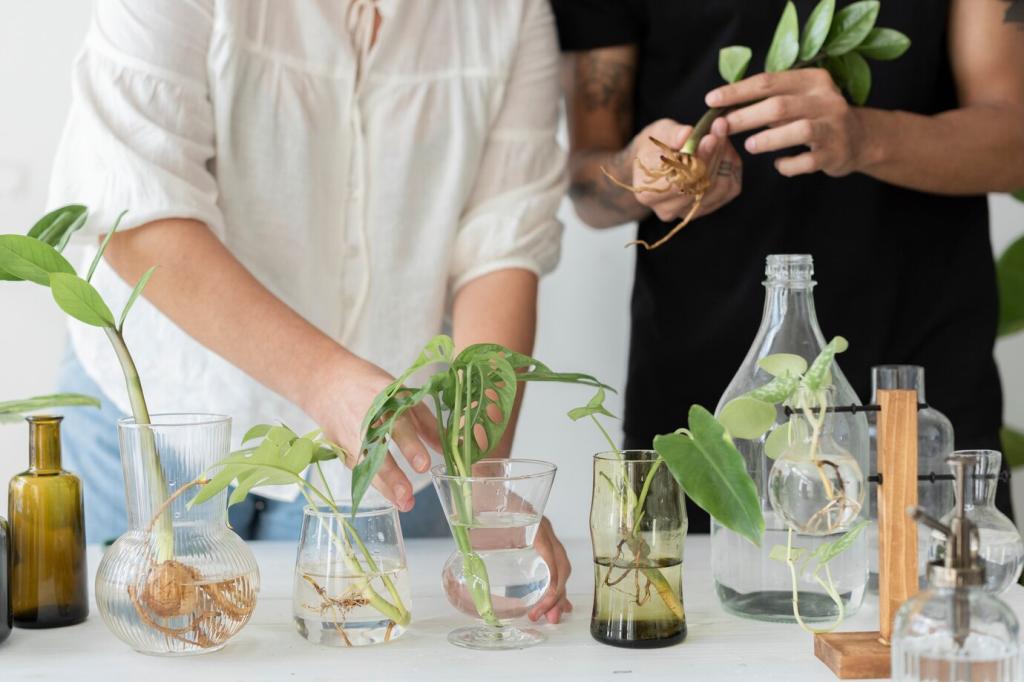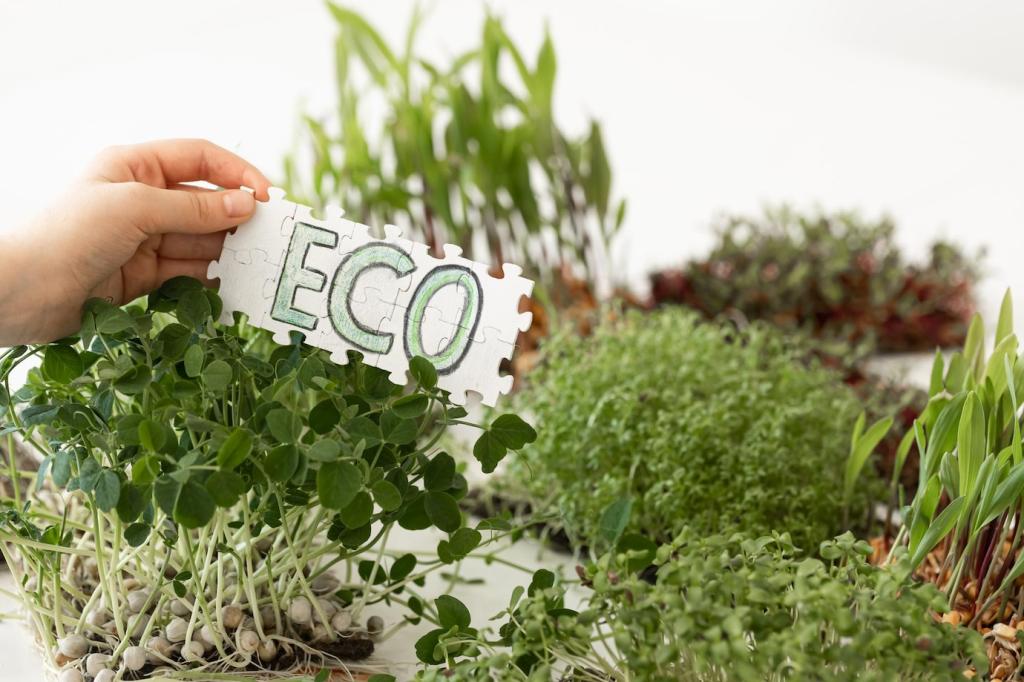Story Corner: A Sideboard’s Second Chance
I found a walnut sideboard tucked behind cracked frames at a neighborhood estate sale. Water rings scarred the top, and the room smelled like attic summer. Still, the grain murmured patience beneath the dust.
Story Corner: A Sideboard’s Second Chance
A modest mix—beeswax, tung oil, and a hint of orange—warmed in a jar like late afternoon light. Two passes, then an unhurried buff, and the rings softened into memory. Share your own before-and-after moments with us.
Story Corner: A Sideboard’s Second Chance
Now, every season, we refresh the glow before Sunday pie. The scent of citrus joins coffee as we polish and talk. Subscribe for our seasonal checklist and add your family rituals to the growing community thread.
Story Corner: A Sideboard’s Second Chance
Lorem ipsum dolor sit amet, consectetur adipiscing elit. Ut elit tellus, luctus nec ullamcorper mattis, pulvinar dapibus leo.


